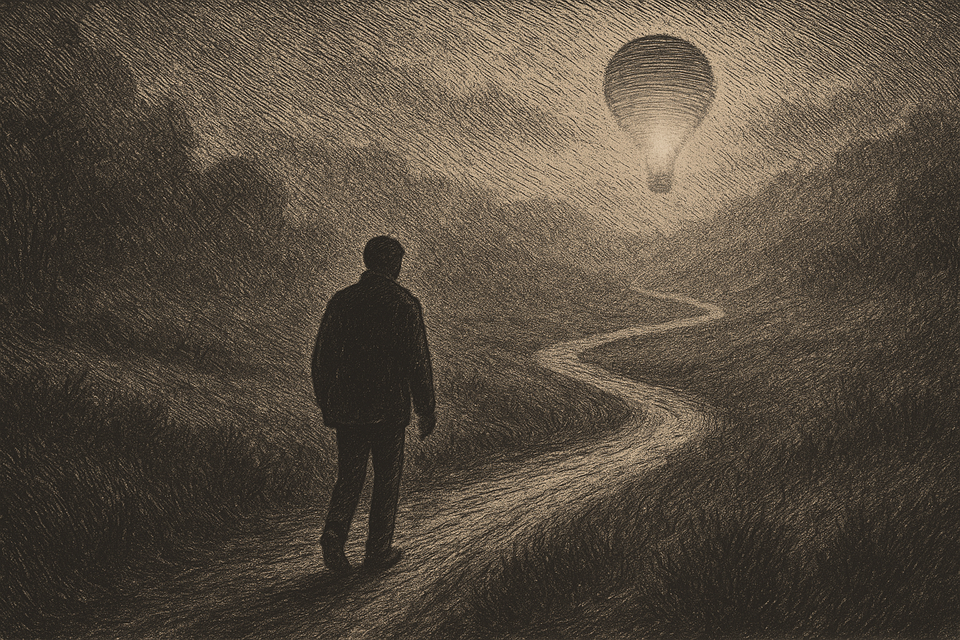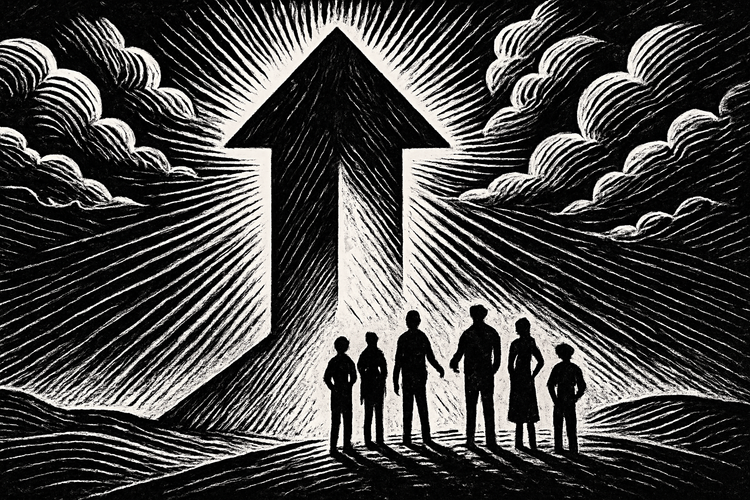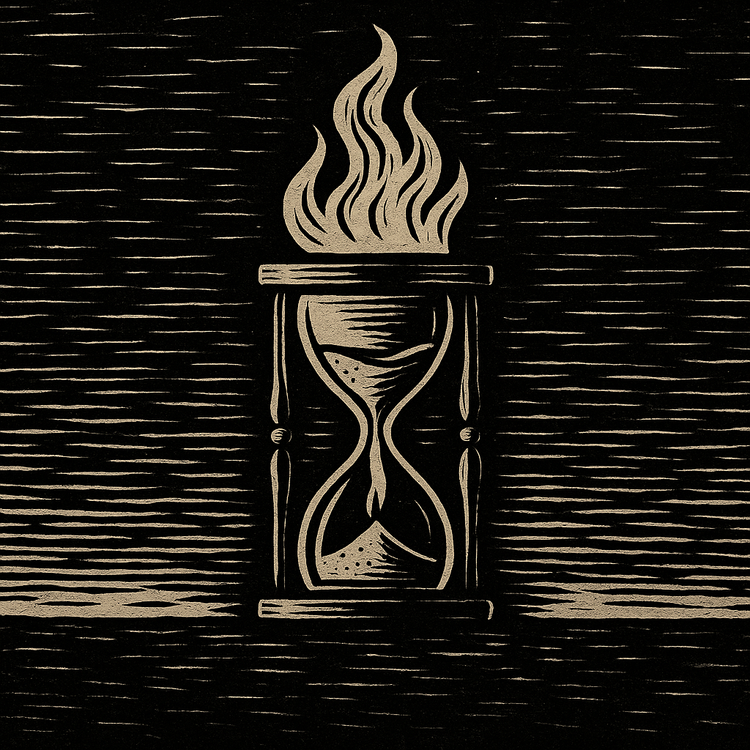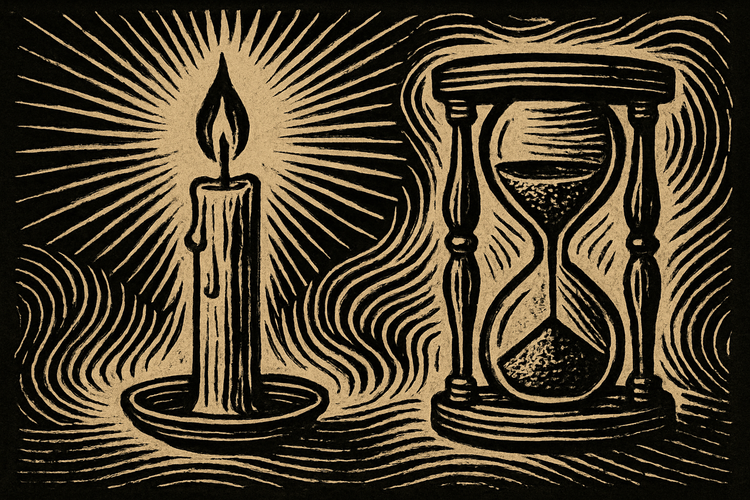The Good Place S2E9 "Best Self"

Spoiler Warning: This reflection contains full spoilers for The Good Place, including retrospective insights and thematic allusions. It assumes familiarity with the entire series and is written from the perspective of a rewatch.
The golden balloon gleams like a promise — a perfect vessel to carry them to the Good Place, if only they can prove they’ve reached their “best self.” But as each character steps onto the scale, red lights and green lights reveal a quieter truth: that the best version of a person is never fixed. It flickers, shifts, falters. Chidi’s certainty collapses, Eleanor’s confidence dips, and even Janet wavers in the test’s strange mechanics. The balloon’s soul-weighing ritual doesn’t offer a final verdict on moral worth; instead, it exposes how fluid the idea of “best” really is. In that light, perfection is less a destination than a moving horizon — and when Michael admits he has no actual route to the Good Place, that horizon dissolves entirely. All that remains is the choice of what to do next.
If the best self can’t be pinned down, then the very act of chasing it becomes something else entirely. It stops being about reaching a final, flawless state and becomes about engaging with the pursuit itself — knowing it will always shift underfoot. This is a destabilizing truth; it means we can never “arrive” in the way the balloon promises. Yet it’s also liberating. Without a fixed end point, there’s no single failure that can undo us, no single triumph that can complete us. What’s left is a constant, open-ended practice — one that depends less on certainty than on the willingness to keep stepping forward, even when the path blurs.
When Michael’s confession strips away the illusion of a guaranteed reward, the group might have fractured — retreated into old habits, given in to cynicism. Instead, they gather in the neighborhood’s empty shell of a bar, raising toasts to the imperfect, evolving versions of themselves they’ve become. It’s a small, fragile kind of hope: not the hope of cosmic justice or a secured afterlife, but the hope that who they are right now is worth honoring. In laughing together, in letting Michael slip into the circle as an “honorary human,” they stake a claim on the present as enough. The horizon may keep moving, but for this moment, they’ve chosen to face it together.
From that shared moment, the choice to walk straight into the Bad Place feels almost inevitable. If perfection is unreachable and the Good Place’s gates are shrouded in uncertainty, then hope can only survive by moving forward anyway. Tahani recalls the existence of a Judge who might hear their case, and Eleanor’s question — what do we have to lose? — reframes the risk. This isn’t reckless defiance; it’s a deliberate gamble on possibility, a refusal to let the moving horizon recede without pursuit. In deciding to face the worst place imaginable, they embody the episode’s quiet thesis: when the path to your best self is never fixed, the only true failure is standing still.
Best Self closes on motion — not the graceful ascent of a golden balloon, but the uncertain march toward a place no one wants to go. It’s a fitting image for an episode that dismantles the fantasy of moral arrival. The best self is impermanent, always reshaping in response to new choices, new failures, new acts of courage. That impermanence could be cause for despair, but here it becomes a reason to hope: if nothing is fixed, then change is always possible. In that light, the group’s journey into the Bad Place isn’t a descent, but a testament — that in the absence of certainty, the will to keep moving is the truest measure of who we are.



Comments ()